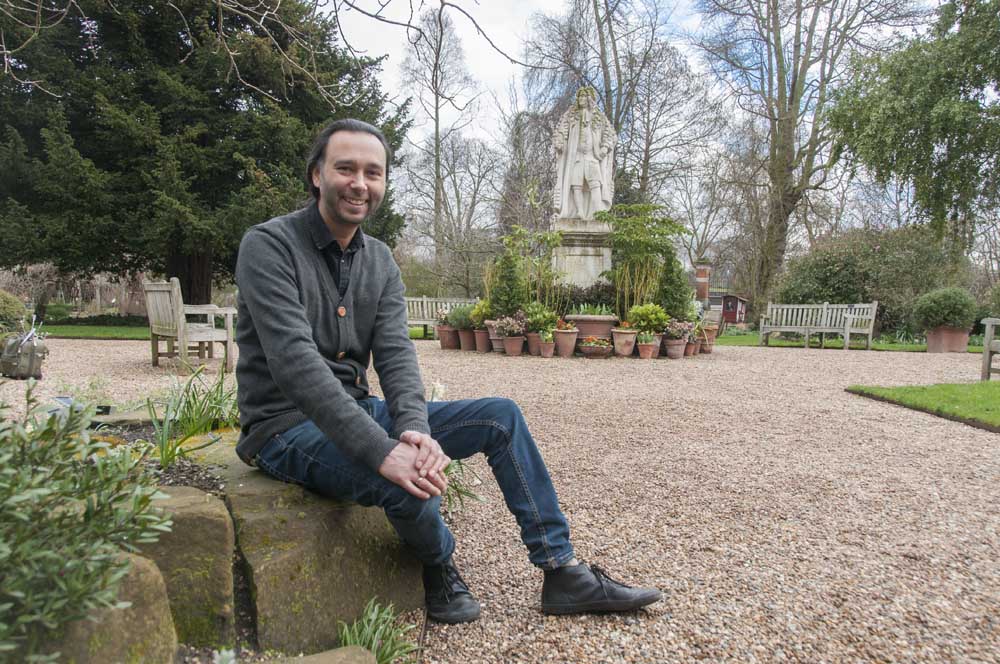Warning: filemtime(): stat failed for /homepages/16/d118120839/htdocs/clickandbuilds/KeepThingsLocalUK/wp-content/plugins/citadelawp-directory/blocks/item-featured-image/src/frontend-js.js in /homepages/16/d118120839/htdocs/clickandbuilds/KeepThingsLocalUK/wp-content/plugins/citadelawp-directory/blocks/item-featured-image/ItemFeaturedImage.php on line 159
Warning: filemtime(): stat failed for /homepages/16/d118120839/htdocs/clickandbuilds/KeepThingsLocalUK/wp-content/plugins/citadelawp-directory/blocks/item-gallery/src/frontend-js.js in /homepages/16/d118120839/htdocs/clickandbuilds/KeepThingsLocalUK/wp-content/plugins/citadelawp-directory/blocks/item-gallery/ItemGallery.php on line 285
Address
66 Royal Hospital Road, Chelsea London SW3 4HS
GPS
51.4846339, -0.16312570000002
Telephone
Occupying the same four-acre riverside site since 1673, Chelsea Physic Garden was established by the Worshipful Society of Apothecaries to grow medicinal plants, develop remedies and train apprentices in the physic or healing arts. Later, the Garden’s main benefactor was Sir Hans Sloane, the physician, naturalist and founder of the British Museum, who himself trained at Chelsea. In 1712 Sloane acquired the Manor of Chelsea from Charles Cheyne and leased the Garden to the Society for £5 a year. That sum is still payed to Lord Cadogan.
The Garden’s location is no accident. The Apothecaries chose Chelsea, then a village four miles outside London, for its horticulturally-friendly microclimate; the close proximity to the river ensures warmer air currents which makes it ideal for growing herbs and plants that otherwise might not survive in the UK.
The Thames-side land is also south-facing, has light soil and the river access allowed specimens from around the world to be introduced directly via the Garden.

